Ankle Cramps at Night
What is Ankle Cramps at Night?
Ankle cramps at night can be a distressing and uncomfortable experience, often disrupting sleep and causing discomfort. These involuntary muscle contractions, characterized by sudden and intense pain, can affect individuals of all ages and backgrounds.
Although the precise reasons for ankle cramps at night can vary, circumstances including dehydration, muscle exhaustion, and dietary deficiencies, as well as certain medical problems, may be contributing factors.
The exact mechanism of nocturnal pineapple numbness remains unclear, although contributing factors include muscle fatigue, arthritis, circulatory problems, hormonal changes, electrolyte imbalances as well as certain medical conditions, medications, and lifestyle choices that can trigger this sudden onset of nocturnal epilepsy. Proper diagnosis, treatment, and prevention of seizures are key to managing this painful condition.
This article takes a detailed look at the causes, diagnosis, treatment, and prevention of nocturnal duck blisters. It aims to help those pesky nocturnal foot and ankle cramps understand why they occur and how best to prevent, manage, and treat them
Causes of Ankle Cramps at Night
There are numerous theorized participants to midnight foot and ankle cramps, though appropriate causes regularly show complicated and multifactorial
Fatigued muscles are more prone to cramping. Physical activities leading to overexertion, especially intensive exercise later in the day, can cause muscle tiredness that sets the stage for middle-of-the-night Charley horses. Prolonged standing or walking daily builds fatigue as well, making night cramps more likely.
- Nerve Compression
Pressure on nerves in the spine from conditions like lumbar spinal stenosis can impulse leg cramps, typically when lying down. Poor circulation from compressed blood vessels may also spark painful ankle and foot cramping.
- Circulatory Problems
A variety of peripheral vascular diseases that reduce blood flow can deprive muscles of oxygen and nutrients, leading to varicose veins and ulcers Varicose veins also play a role in numb legs at night in some individuals.
- Hormonal Shifts
Pregnancy comes with profound hormonal changes that frequently lead to leg cramping at night. Menopause and associated declining estrogen levels may also trigger nighttime ankle and foot muscle spasms in some women.
- Electrolyte Imbalance
Altered blood levels of minerals like potassium, calcium, magnesium, and sodium often underlie nighttime muscle cramps. Deficiencies in these electrolytes frequently link to poor hydration, excessive sweating, vomiting, diarrhea, or certain diuretic medications.
Triggers and Aggravators
Beyond primary causes, an array of triggers can set off or worsen nocturnal ankle and foot cramping.
- Dehydration – Insufficient fluid intake allows electrolyte levels to drop, increasing cramping risk. Vomiting, diarrhea, and heavy sweating also promote dehydration.
- Certain Medications – Diuretics, statins, beta-agonists like albuterol, and some blood pressure medications are common drug culprits for muscle cramps.
- Lower Extremity Injury – Sprains, strains, and fractures in feet or ankles raise susceptibility to cramps.
- Cold Temperature – Chilly weather prompts muscles to constrict and cramp more easily. Warm baths or showers preceding sleep provide thermal relief.
- Poor Circulation – Compression stockings and keeping the lower legs/feet warm help deter temperature-related cramping.
- Muscle Overuse – Aggressive exercise without proper rest, recovery, and hydration intensifies cramping frequency.
- Incorrect Footwear – Shoes lacking support and cushioning lead to excessive muscle strain and night cramps.
Diagnosis
Since most nighttime ankle cramps prove harmless though annoying, extensive testing usually proves unnecessary. Doctors can typically diagnose nocturnal muscle spasms through clinical history and a physical exam. Key diagnostic criteria include:
- Occurring during sleep or long periods of sitting
- Brief, sudden muscle contractions lasting under 10 minutes
- Intense cramping pain that resolves spontaneously
- No pain or weakness lingering afterward
- Normal neurological exam of the affected limb
Ruling Out Serious Conditions
While generally benign, doctors must rule out dangerous mimics of night leg cramps with similar presentations, mainly:
- Peripheral Artery Disease – Cramping triggered by poor leg circulation from blocked arteries.
- Diabetic Peripheral Neuropathy – Nerve damage in feet/legs causing Charley horses.
- Spinal Stenosis – Cramping, numbness from lower spine nerve compression.
- Radiculopathy – Irritated/compressed nerve roots branching from the spine.
- Restless Leg Syndrome – A painful sensation that makes you want to move your legs is called restless leg syndrome.
If cramp location, duration, severity, or associated symptoms seem unusual, physicians may order additional tests – bloodwork, vascular testing, nerve conduction studies, imaging, etc.
Treatment of Ankle Cramps at Night
For those plagued by frequent or particularly painful nocturnal ankle spasms, various treatment approaches provide symptom relief.
- Stretching
Gently stretching the affected muscle prompts it to relax, alleviating cramping intensity. For foot cramps, pull the toes or ball of the foot upwards. With calf cramps, straighten the knee and flex the ankle to stretch the muscle. Hold stretches for 20-30 seconds; repeat several times for best results.
- Massage
Gently kneading and compressing cramped muscles accelerates relaxation. Apply firm pressure in strokes parallel to muscle length for several minutes. Heat enhances blood flow to allow tissues to unwind quickly.
- Heat Therapy
Warming cramped muscles via heated blankets, hot pads, warm baths/showers, or hot packs lessens muscle tension and discomfort until the spasm stops. Use caution to avoid burns.
- Cold Therapy
Ice treatment may help relieve soreness in muscles post-cramp. Apply ice packs wrapped in cloth for 10-15 minutes several times a day following cramp episodes. To prevent cold burns avoid direct contact.
- Medications
For those with frequent or extremely painful nighttime foot or ankle cramps, a doctor may prescribe medications like muscle relaxants or alpha-2 delta ligands (gabapentin or pregabalin). Quinine sulfate used to be utilized for cramp treatment, but the FDA has warned against its use for this purpose due to side effects. Oral magnesium or vitamin B complex supplements sometimes provide relief for muscle issues related to deficiencies of these nutrients.
Prevention
Implementing preventive strategies offers the best route to avoid frustrating nocturnal ankle and foot cramp flare-ups.
- Regular Exercise
Appropriate physical activity keeps muscles supple and avoids fatigue. Calf raises foot circles, and ankle rolls – done daily for a few minutes – maintain flexibility and strength in feet and ankles to prevent Charley horses.
- Proper Hydration
Drinking adequate water and electrolyte-rich fluids prevents dehydration and mineral depletion that commonly provoke muscle cramps. Daily fluid intake goals range from 1.5-2 liters depending on body size, climate, and activity level.
- Balanced Diet
Eating magnesium, calcium, and potassium-rich foods like bananas, yogurt, nuts, greens, and potatoes help sustain healthy electrolyte levels and avoid deficiencies causing cramping. A daily multivitamin provides nutritional insurance as well.
- Comfortable Footwear
Supportive, cushioned shoes shield feet from overuse and strain. Replace worn footwear regularly to maintain optimal support and shock absorption. Break in new shoes gradually. Select loose bed socks allowing feet and ankles to breathe overnight.
- Other Preventive Tips
Avoiding caffeine, alcohol, and tobacco improves circulation and muscle function. Practice nightly gentle calf and foot stretches before bedtime. Apply moist heating pads or take warm baths before bed to relax muscles. Avoid gaining excess weight which puts pressure on nerves and blood vessels. Place pillows under the knees while sleeping to reduce pressure points that could trigger cramps. Talk to your doctor before starting any new medications, supplements, or herbs that could provoke muscle issues.
Summary
Nighttime ankle and foot cramps plague many adults, interrupting restorative sleep and causing frustration and distress. Though not typically indicative of serious disease, their frequency, severity, and resultant daytime exhaustion impair the quality of life significantly for sufferers.
Anyone regularly awakened by burning tightness in their feet, toes, or calves should first ensure proper hydration and electrolyte balance in their diet. Going forward, appropriate physical activity, nutritious food intake, supportive footwear, and other lifestyle adjustments provide the best bet for preventing recurrent episodes.
For those finding no relief from lifestyle management of painful overnight foot and ankle cramps, customized medical therapy offers additional hope for banishing these pesky nighttime muscle spasms. Further clinical research holds promise for unearthing more explicit causes and treatments going forward. But in the meantime, simple self-help preventive precautions, as well as well-timed stretches at the first sign of cramping, offer the best chance for rest uninterrupted by lower limb Charley horses.
FAQs
What deficiency causes ankle cramps?
Leg cramps can be caused by deficiencies in specific vitamins (e.g., vitamin B or vitamin D deficiency) or minerals (e.g., calcium, magnesium, potassium, phosphorous). There is growing evidence that vitamin K may help reduce leg cramps.
What is the treatment for ankle cramps?
Rest and elevate your ankle whenever possible.
Apply an ice pack (or bag of frozen peas) wrapped in a towel to your ankle for up to 20 minutes every two to three hours.
Wear wide, comfortable shoes with a soft sole and low heel.
Incorporate heel pads or soft insoles into your shoes.
Support your ankle with a bandage.
How long do ankle cramps last?
The duration of the cramps ranges from a few seconds to ten minutes. The following muscles may be affected: the calf muscle, the back of the leg below the knee, and the muscles in the feet or thighs (less frequently).
What causes muscle cramps?
Straining or overusing a muscle.
Dehydration.
Compression of your nerves, from conditions such as an injury to the spinal cord or a pinched nerve in the neck or back.
Pregnancy.
low concentrations of electrolytes like calcium, magnesium, or potassium.
Not enough blood getting to your muscles.
Certain medicines.
References
- Watson, K. (2023, February 23). Causes of Nighttime Foot Cramps and How to Get Relief. Healthline. https://www.healthline.com/health/foot-cramps-at-night
- Night leg cramps. (2023, March 2). Mayo Clinic. https://www.mayoclinic.org/symptoms/night-leg-cramps/basics/causes/sym-20050813
- McMillen, M. (2013, November 20). Nocturnal Leg Cramps. WebMD. https://www.webmd.com/sleep-disorders/leg-cramps
- Professional, C. C. M. (n.d.). Leg Cramps. Cleveland Clinic. https://my.clevelandclinic.org/health/diseases/14170-leg-cramps
- Johnson, J. (2023, October 10). What to know about leg cramps at night. https://www.medicalnewstoday.com/articles/326327


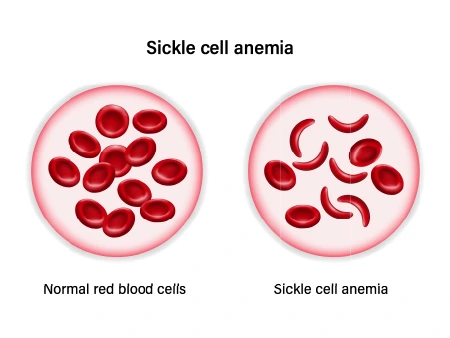
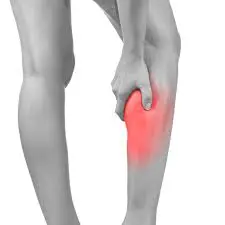
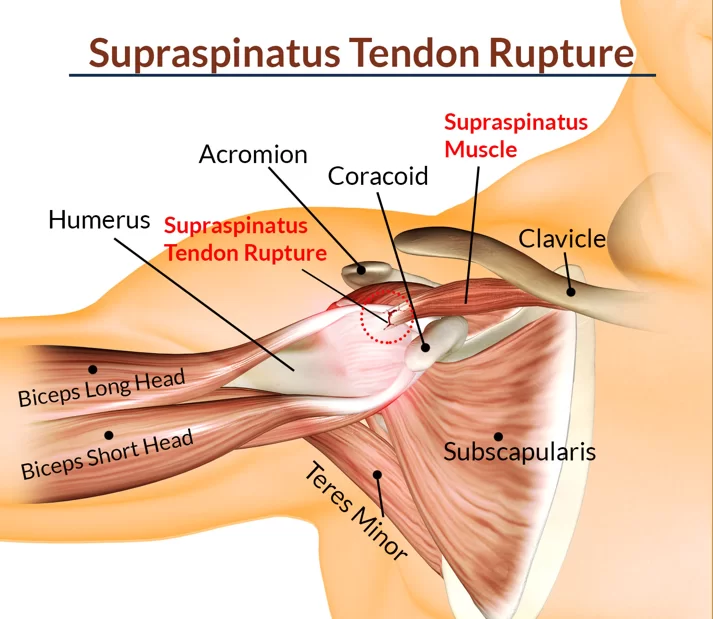

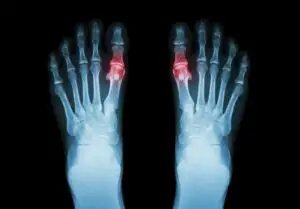
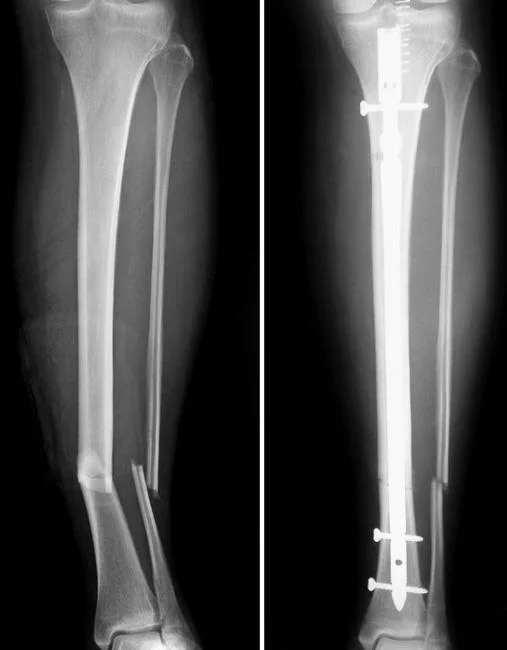
2 Comments